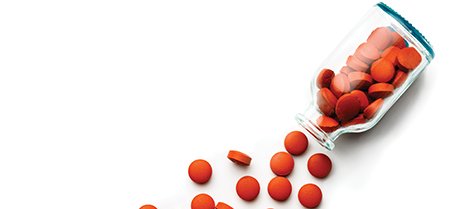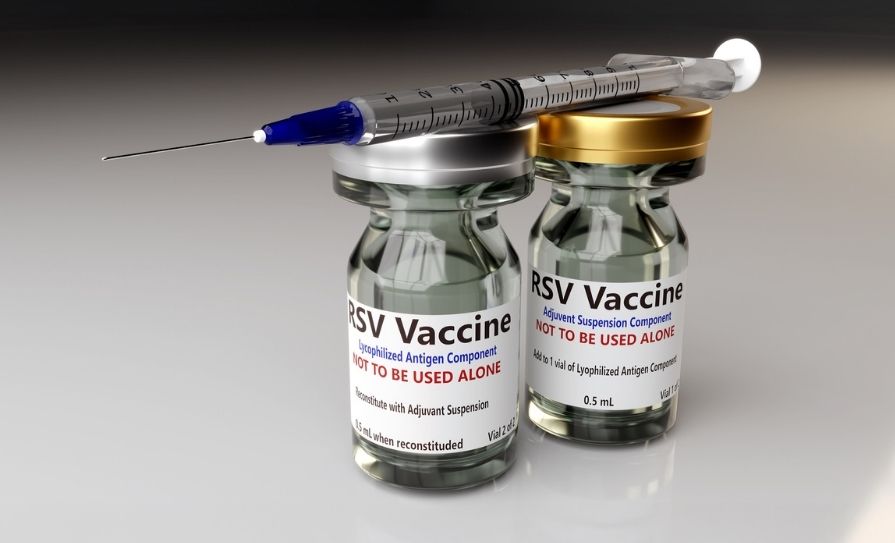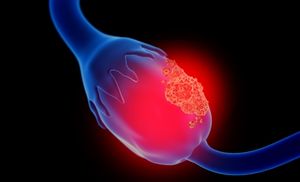An outline of the current evidence linking NSAIDs to cardiovascular issues
The links between non-steroidal anti-inflammatory drugs (NSAIDs) and cardiovascular (CV) risk has been established for some time.
The initial studies on rofecoxib were published in 2000 followed shortly afterwards by other studies showing increased cardiovascular risk. In September 2004, Merck voluntarily withdrew rofecoxib from the market because of concerns about increased risk of heart attack and stroke associated with long-term, high-dosage use. In 2005, the FDA in the US issued a memo concluding that along with the other approved COX-2 selective NSAIDs available at the time (ie, celecoxib, and valdecoxib), rofecoxib was associated with an increased risk of serious adverse cardiovascular events compared to placebo.
Regulatory authorities worldwide now require warnings about cardiovascular risk of COX-2 inhibitors still on the market. For example, in 2005, EU regulators required the following changes to the product information and/or packaging of all COX-2 inhibitors: Contraindications stating that COX-2 inhibitors must not be used in patients with established ischaemic heart disease and/or cerebrovascular disease (stroke), and also in patients with peripheral arterial disease and reinforced warnings to healthcare professionals to exercise caution when prescribing COX-2 inhibitors to patients with risk factors for heart disease, such as hypertension, hyperlipidaemia (high cholesterol levels), diabetes, and smoking.
Mechanism
NSAIDS inhibit cyclooxygenase (COX) which compromises two isoforms: Cox-1 and Cox 2. Cox-1 mediates the synthesis of prostaglandins which protect the stomach, while Cox-2 mediates the synthesis of prostaglandins responsible for pain and inflammation. COX-2 may also be induced by bacterial endotoxins, cytokines, and growth factors and is expressed in atherosclerotic plaques during angiogenesis.
“Removal of prostacyclin leads to both platelet-dependent and platelet- independent mechanisms for induction of thrombosis, plaque destabilisation, or atherogenesis,” according to Consultant Cardiologist and Medical Director of the Irish Heart Foundation, Dr Angie Brown.
“COX-2 inhibition causes a reduction in natriuresis and can lead to the development of hypertension or exacerbation of heart failure in susceptible populations.”
By creating “selective” NSAIDs that inhibit COX-2, but not COX-1, the same pain relief as traditional NSAIDs is offered, but with greatly reduced risk of fatal or debilitating peptic ulcers.
“However decreasing the vasodilatory and antiaggregatory prostacyclin production, COX-2 antagonists may lead to increased prothrombotic activity. For example, myocardial infarction rates for the COX-2 inhibitor rofecoxib in the VIGOR study were significantly higher compared with naproxen,” Dr Brown stated.
Diclofenac
While all NSAIDs carry a small increased cardiovascular risk, a study published in the British Medical Journal in 2018 did suggest that diclofenac had a higher rate of CV events compared to naproxen and ibuprofen.
Analyses in 2011 and 2013 by McGettigan and the Coxib and traditional NSAID Trialists (CNT) Collaborators, respectively, demonstrated that the risk of serious cardiovascular events was a dose dependent effect of COX-2 selective and nonselective NSAIDs, with the possible exception of naproxen, and high therapeutic doses of nonselective NSAIDs (eg, ibuprofen 2,400mg/day, diclofenac 150mg/day) carried similar cardiovascular risk when compared to a combined group of therapeutic and supra-therapeutic doses of COX-2 selective NSAIDs (such as rofecoxib).
In 2014, Patrono and Baigent, summarising all of the currently available data in a review article in Circulation, concluded that with the exception of GI toxicity, neither the efficacy nor the major cardiorenal complications of COX-2 selective NSAIDs appear to be influenced by their level of COX-2 selectivity. They concluded that the CV risk associated with NSAIDs was dependent on dose and duration.
This conclusion was further reinforced by the 2016 results of the celecoxib PRECISION trial, which showed no difference in CV event rates between the COX-2 selective NSAID celecoxib and the non-selective NSAIDs ibuprofen and naproxen. Other studies have shown that in patients with osteoarthritis current use of the NSAIDs diclofenac, ibuprofen, meloxicam and coxibs but not naprosyn increases the risk of thromboembolism.
Current situation
Given the association between CV and exposure to COX-2 inhibitors, doctors are advised to use the lowest effective dose for the shortest possible duration of treatment.
“It is only with the recent development of drugs like Vioxx that drug companies have carried out the kind of well executed trials that could establish such effects and these sort of trials have never been carried out in older ‘trusted’ NSAIDs such as ibuprofen, diclofenac and others. The possible exceptions may be aspirin and naproxen due to their anti-platelet aggregation properties,” Dr Brown explained.
She said that data accumulated so far suggests that certain NSAIDs and COX-2 inhibitors might induce small absolute increases in cardiovascular events compared with placebo or nonusers of the NSAIDs. There is also evidence that rofecoxib may uniquely increase cardiovascular events relative to NSAIDs, but this finding has not been extended to other COX-2 inhibitors.
“Other factors to consider for patient safety include the interference of propionic acid NSAIDs, (eg, ibuprofen or naproxen), with the antiplatelet effects of aspirin; direct effects of nonselective NSAIDs and of COX-2 selective inhibitors on fluid retention and BP; differences among these agents with regard to associated gastrointestinal adverse event rates; and the use of coadministration of anti-inflammatory therapies with gastroprotective agents, such as proton pump inhibitors when patients require cardioprotective doses of aspirin,” according to Dr Brown.
When to use?
NSAIDs are very useful pain relieving medication, according to Dr Brown.
“They are still used for short-term treatment at the lowest doses possible in patients without CVD,” she said.
Selecting a combination of therapies that provides relief from arthritis-related symptoms, minimises cardiovascular risk, and preserves the gastrointestinal mucosa, is complex.
“However, there are many new treatments for the different forms of arthritis with drugs like methotrexate or other ‘biologicals’ that are disease modifying. Often with these treatments long-term NSAIDs may not be required. For pain relief other medications are available such as paracetamol, or stronger medications such as codeine and Tramadol, they need to be titrated according to the need and monitored as all can have side effects and can be also be addictive. There are topical agents with little systemic absorption and TENS machines that can help with pain relief. In some cases intra-articular injections or nerve blocks can be given with good effect. Again a patient would be referred to a specialist – rheumatologist, orthopaedic surgeon or pain specialist.”
Dr Brown stressed if NSAIDs are required then they should be used at the lowest beneficial dose for a short-time period to try and reduce any risk. Patients with a history of myocardial infarction or CVA should avoid taking NSAIDS.
Consultant Rheumatologist in Cork University Hospital Dr Sinead Harney also said practice has changed over the last number of years because of the above evidence.
“What we would do, and it has been a change in practice over the last number of years, is in patients with previous myocardial infarction and strokes, we try and avoid non-steroidals,” according to Dr Harney.
“We have minimised our use of diclofenac over the last number of years because of its association with atrial fibrillation, and cardiovascular disease. We would feel that celecoxib [from recent research] came out better than the traditional non-steroidals and we would say the smallest amount of non-steroidal for the shortest time possible. If somebody had hypertension we wouldn’t give them etoricoxib … We do it on a case by case basis … Long-term we are using far less non-steroidals and we would be using better DMARDs [disease-modifying antirheumatic drugs] and better biologics. Some 20 years ago we didn’t have the whole biologic explosion so our control of disease was poorer. And there is a vogue, which has been around for 20 years now, of using low-dose steroid instead of non-steroidal.”













Leave a Reply
You must be logged in to post a comment.